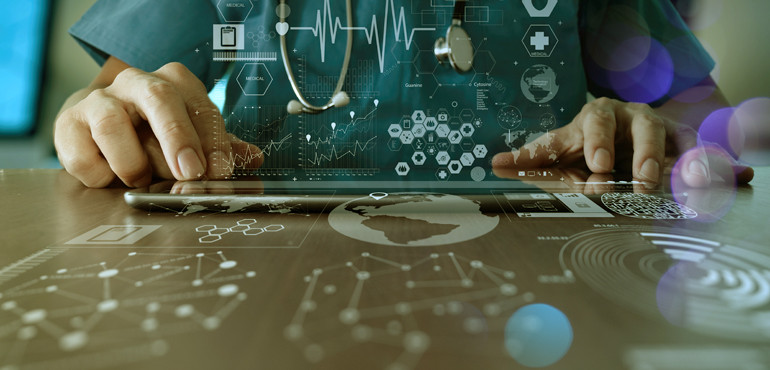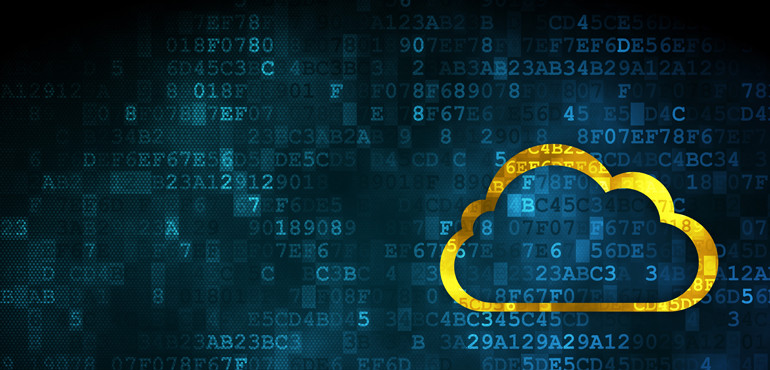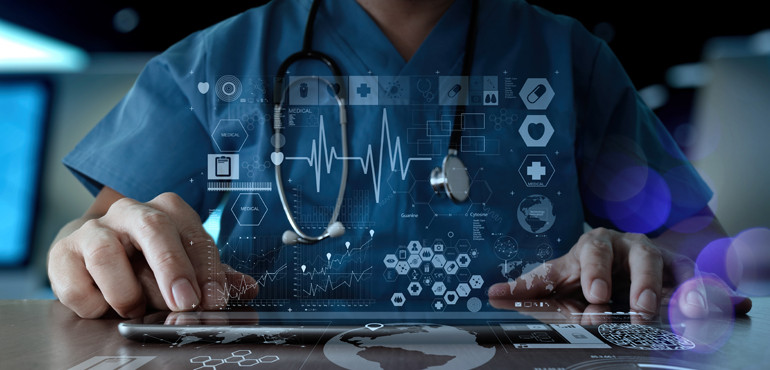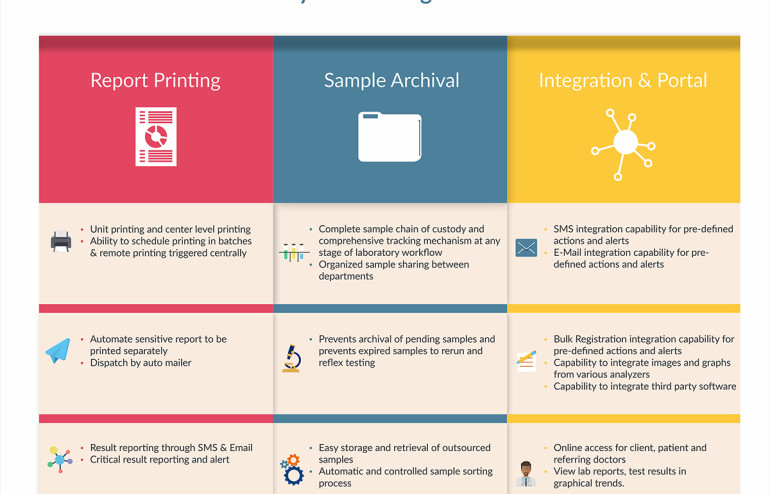The healthcare landscape has undergone tremendous transformation, thanks to the technology-driven giant strides it has taken over the years. From innovations enabling treatment and diagnosis, technology has now moved into a data-centric era that has created a wide network of doctors, specialists, lab technicians, pharmacists, insurance providers, and many other stakeholders. At the center of all these initiatives are the patients – and patients are certainly experiencing an exemplary care experience. However, alongside such encouraging stories is the equally disquieting threat to data security.
Yes, threats to healthcare data security are a troublesome reality today – with shocking incidents of data loss, ransomware, network infiltration, and patient safety.
Data Security Breach: The Threat Is Real
The year 2015 was termed the “year of healthcare hack,” with more than 50% of data breaches recorded in the industry. This was when healthcare stakeholders woke up to the threat of data loss. However, despite increasing awareness, the bone-chilling WannaCry ransomware attack that spelled disaster for the National Health Service and thousands of other incidents are grim reminders of the continuing menace of data threat.
Why is healthcare attractive bait for data security breaches? Just consider the power of the data hidden among medical records! Personal details (identity, location, contact numbers), insurance information, Finance-related data (credit or debit card identity), and medical history are fodder for identity thefts, healthcare insurance abuse, ransomware attacks, and other means of creating havoc on a large scale.
Despite the growing proof of the vulnerability of data in healthcare, why are the stakeholders still lagging behind in data security than other industries?
The reasons for this relatively lethargic approach are many:
- The explosion of technological innovations in the landscape that has extensively distributed healthcare data across the network
- The increasingly popular BYOD culture and the need to deliver 24*7 connected care has led to a disproportionate swarming of devices with no control for data threats
- The lack of focus on data security by healthcare stakeholders who prioritize patient care to data security compliance while delivering care or procuring care-driven technology solutions
So as a healthcare stakeholder, how can you ensure that there is no loss of data?
7 Ways to Secure Your Data in the Healthcare Landscape
Having realized the dangers of data breach, you, as healthcare stakeholders, can contribute immensely to securing your data:
- Prioritize data security when planning your healthcare investments. Include prevention of data threats when planning your technology adoption strategies
- Ensure that your organization complies with all the required data-related regulations (HIPAA, EPCS, HITECH, etc.)
- Evaluate the option of adopting data encryption even across your routine operations so you can safeguard your data within your organization
- Invest in backing up critical data – so you can be prepared even in case of a ransom-ware attack
- Ensure that you have access to data experts with the right skill sets who can protect healthcare data within your organization
- Provide role-based authentication and permission-based access to data, and generate visibility across the data network to monitor the person accessing the information, the device used, and the information accessed in real time
- Ensure complete compliance from care stakeholders by delivering training on the relevance of data security and the dos and don’ts (e.g., risk of ransom-ware attacks through emails)
Healthcare organizations are certainly becoming increasingly aware of the dangers of data loss, data breach, ransomware attacks, and other threats to data security. The last two years have highlighted many examples of the repercussions of ignoring data security. But there’s still a long way to go. Our stakeholders need to realize that to secure your data and to create a “no loss of data” environment, we need to learn from the other industries that have made data security their priority. As a healthcare stakeholder, you will need help to implement stringent data protection solutions in your organization. Look for the experts delivering healthcare data security without compromising on care delivery standards. But remember to get started today.









